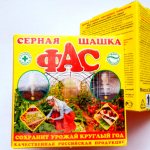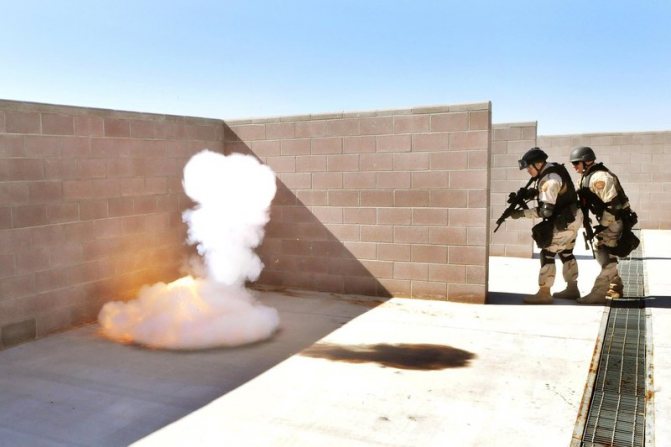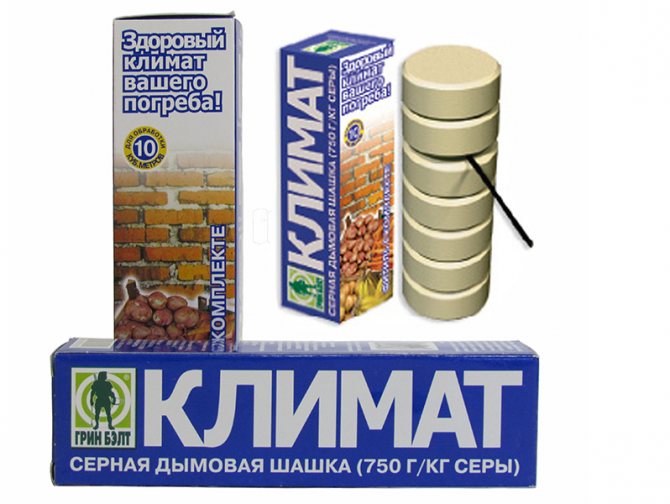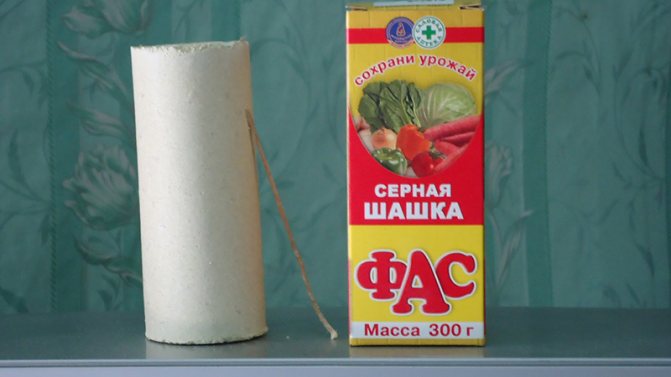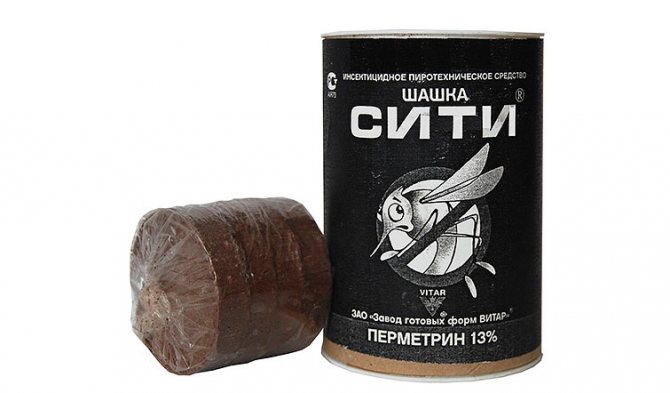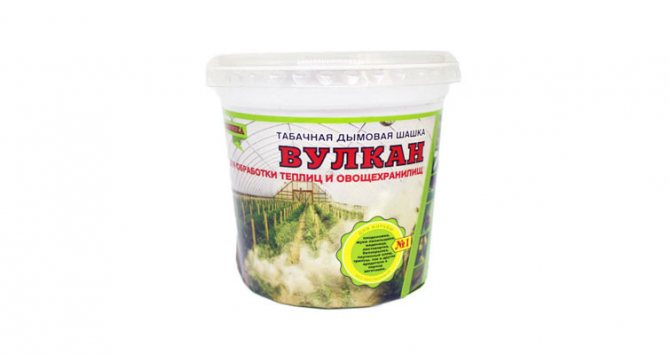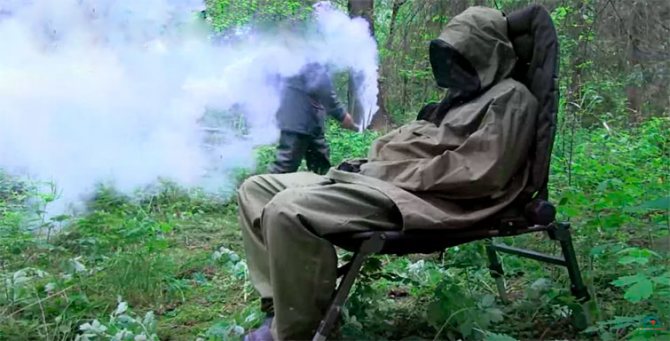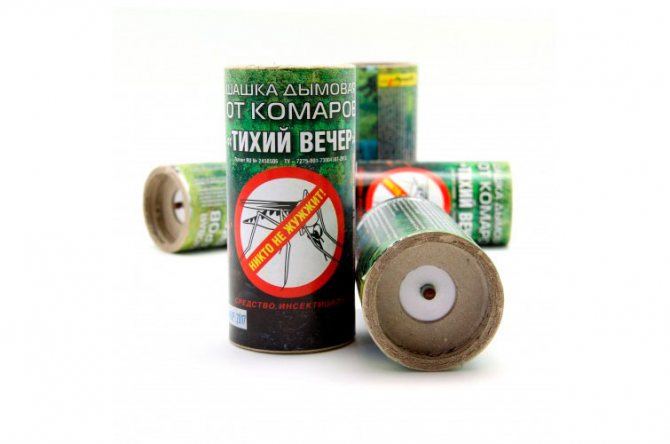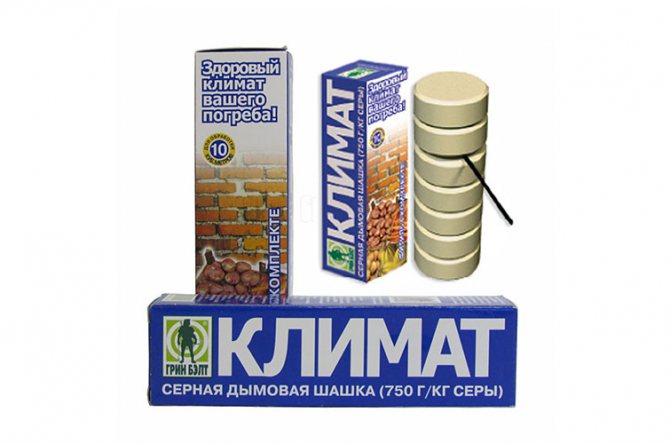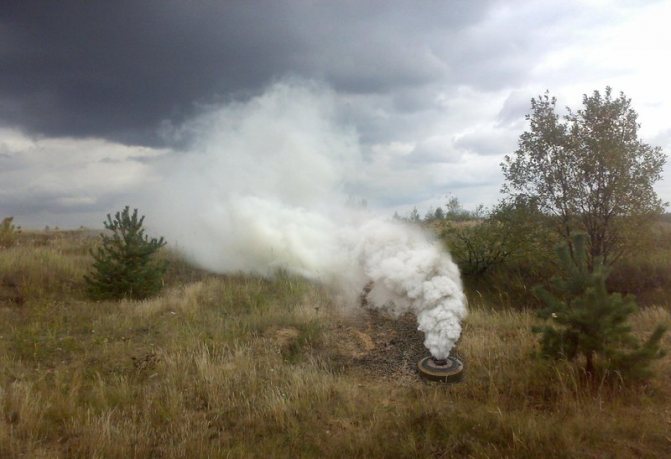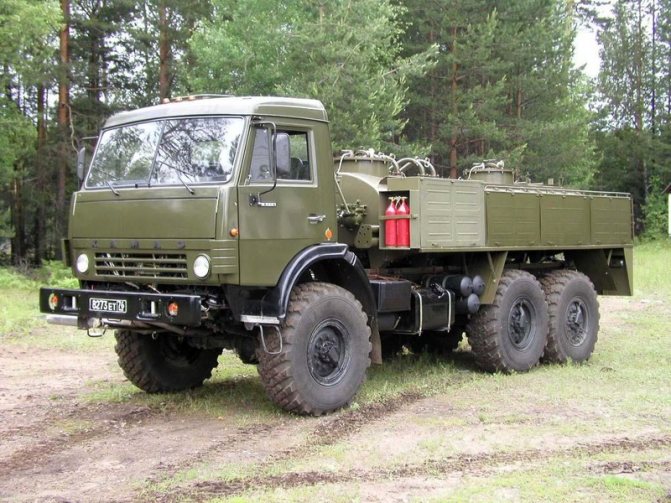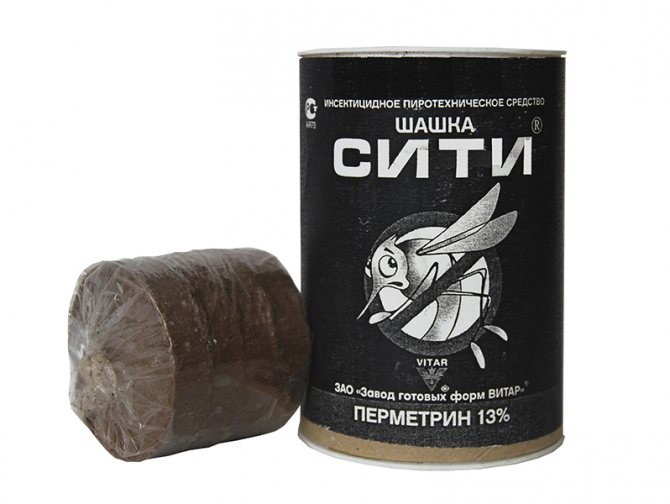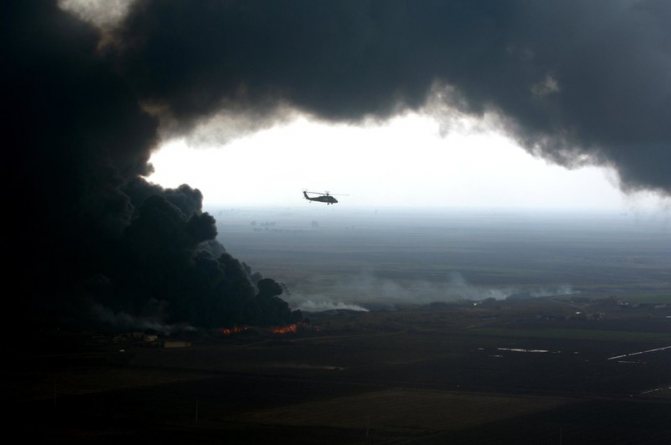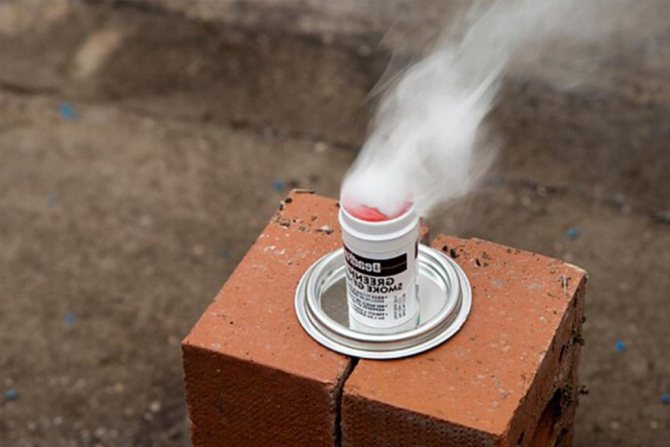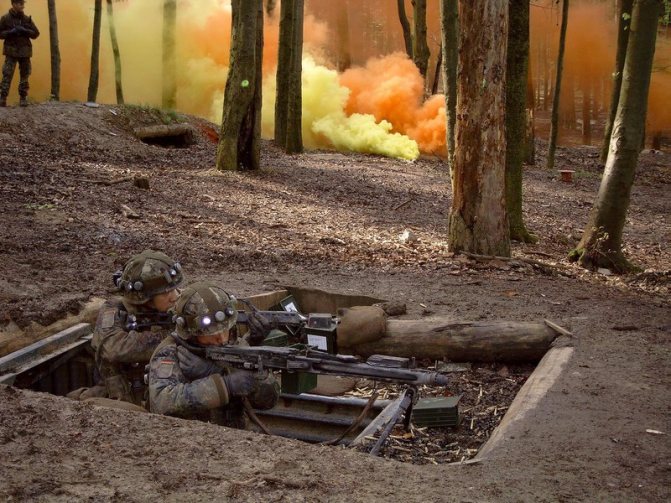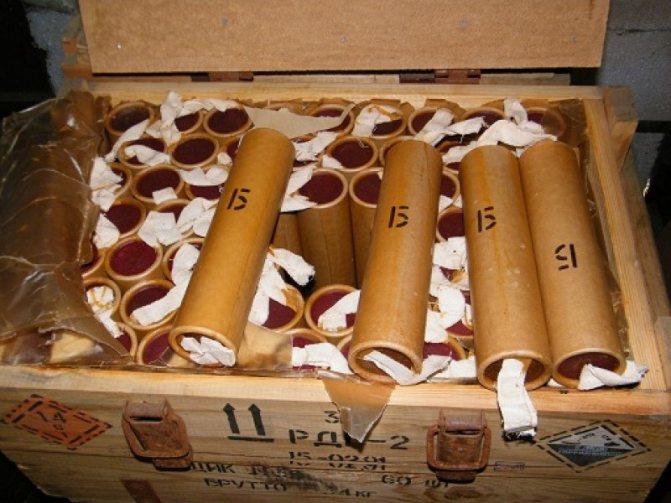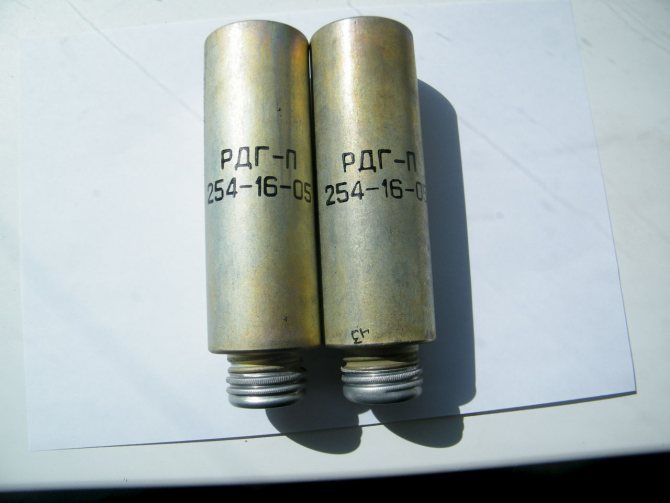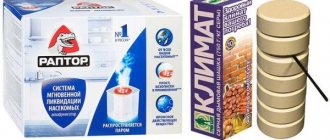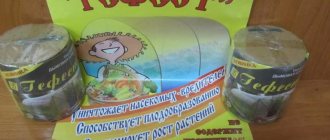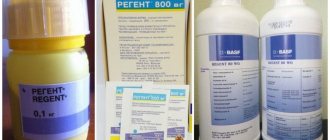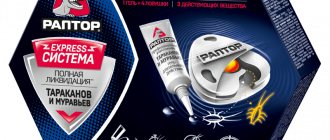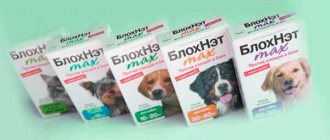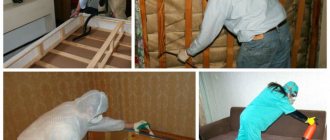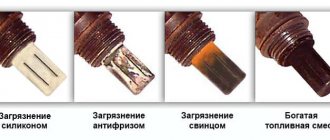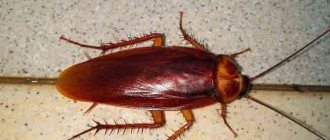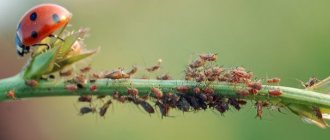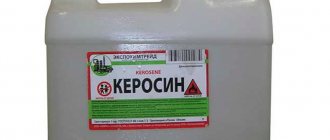The FAS sulfur checker is used to combat rodents, fungus, mold and insects. The smoke emanating from it penetrates into all cracks and corners and drives away small pests. It can be used for processing non-residential buildings of economic orientation: sheds, barns, greenhouses, greenhouses and many other premises suffering from pests.
Sulfuric checker "Fas" is great for getting rid of large premises from rodents
Purpose and application
The FAS sulfur bomb has a triangular or cylindrical shape and looks like a smoke grenade (due to the casing material). The body is made of polycarbonate, which prevents the complete combustion of the product. Total weight - 300 g. Sulfur is the main active ingredient, it makes up 80% of the total weight.
The FAS checker is designed to work outdoors and in non-residential premises. The length of the wick built into the checker is quite long. This allows the person using the product to retire to a safe distance after setting it on fire. The use of a sulfur checker in residential premises is strictly prohibited.
This video tells about the use of a sulfur checker:
Is used for:
- Disinsection. A sulfur checker is a good insect exterminator.
- Disinfection. The product effectively removes all types of fungi, mold and bacteria from the treated room. It can be used in cellars, sheds, greenhouses and other outbuildings. The smoke destroys any mold in the most difficult to reach places.
- For breeding small rodents. Sulfuric checker is widely used against mice, rats, moles and other pests. Smoke kills small animals, but larger creatures simply drives away, making you feel very uncomfortable.
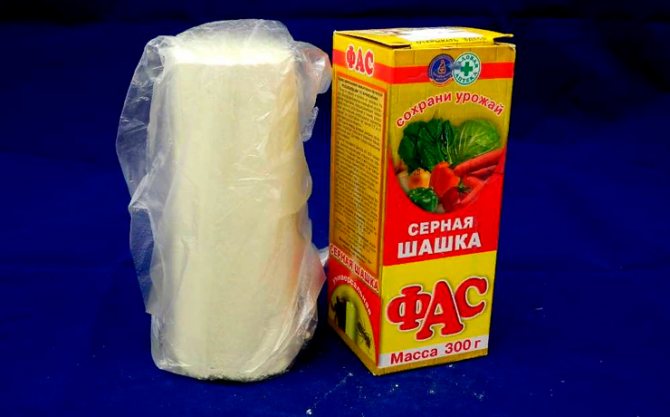
The smoke emanating from the sulfur stick penetrates into all cracks and secluded places, which allows you to completely get rid of insects
You can buy a product absolutely in any hardware store or supermarket that specializes in the sale of country goods. In such stores, the disinfectant must be looked for in the pest and rodent control department. The average price of an FAS checker is from 50 to 70 rubles.
Ordered to smoke!
"Chemists" did a great job at the final stage of the Great Patriotic War. Smoke screens protected the assault during the battles for Küstrin preceding the Berlin operation, and then in Berlin itself. An exceptional role was played by smoke camouflage during the bloody crossing of the Dnieper, although then, in 1943, not all the commanders of the Red Army still understood how effective blowing smoke into the eyes of the enemy was. Evidence of this is the order issued on October 26, 1943 to the troops of the Western Front "on the massive and daily use of camouflage fumes." In the order about, and "smoke weapons are preserved in large quantities at divisional exchange offices, army warehouses." The same document contained an exhaustive list of combat situations in which it was required to use smoke camouflage means.
The order ordered artillery, mortars and aviation to use smoke weapons to blind firing positions, observation posts and enemy fire systems, to mask the battle formations of infantry and tanks when crossing water lines and to hide troop maneuvers. Smokes also had to be used to bring the infantry closer to the enemy, when blocking bunkers, strongpoints and resistance nodes.
Domestic use
It is necessary to use the FAS sulfuric smoke bomb, strictly following the instructions of the instructions. Failure to comply with them can result in unpleasant human consequences.
Instructions for the use of FAS sulfur checkers are quite simple:
- Before use, food, plants and pets must be removed from the room, and all objects and furniture must be removed if possible.
- Coat iron products with anti-corrosion grease or paint: the sulfur dioxide contained in the smoke intensifies the corrosion of exposed metal parts.
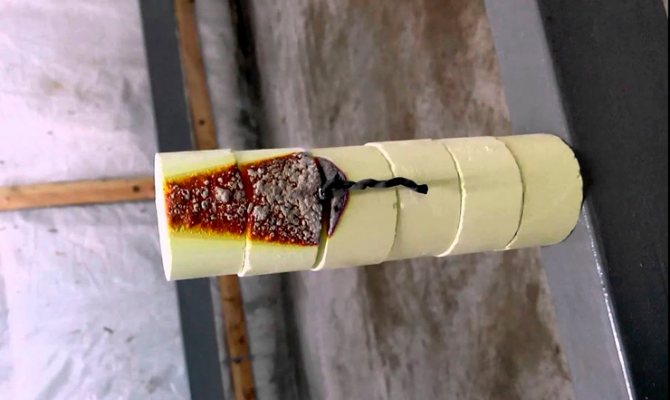

Sulfur smoke can damage a range of materials with which it comes in contact. - Items that could not be removed from the treated room must be isolated from exposure to smoke. To do this, you need to cover them with a thick film and seal them with tape.
- All cracks in doors, windows and other openings must be eliminated by pre-sealing them with tape or putty (if these are holes in the walls). Such actions will increase the effectiveness of the checker, without creating leaks and concentrating smoke in the treated room.
- Before using the checker, you need to make sure that there are no flammable substances and materials within a radius of a meter from the place of combustion. If they are present, then you need to remove them.
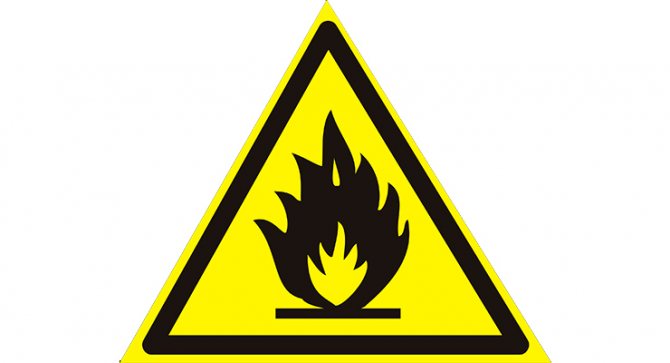

Before using the sulfuric checker, make sure that there are no flammable substances nearby so as not to cause a fire - If the place of use of the product itself consists of a material that can ignite, then it is necessary to assemble a pedestal of non-combustible material 10-15 cm high.Its length and width should be at least 30 cm.This will not allow combustion products to get onto the space surrounding the pedestal.
- After the checker is installed in the burning place, you need to insert a wick into it and set it on fire. The wick smolders for about 30 seconds. This time will be enough to go outside.
- After making sure that the combustion process has begun, you need to leave the room as soon as possible. After leaving the treated room, it is necessary to seal the gaps between the door and the jamb with tape.
Depending on the humidity in the room, the burning time can vary from 30 minutes. up to 1.5 hours. After the room has been processed, you cannot go there for 1.5-2 days. After this period, you need to ventilate the room for one or two days. If the smell of sulfur is still felt, then you need to extend the ventilation time until the smell disappears completely.
Bootlegger invention
The history of smoke screens is rooted in the distant past: both the Romans and the Vikings hid their movements on the battlefield in clouds of smoke. It is believed that the dragon head on the nose of a kobukson - a 15th century Korean warship - spewed smoke created by burning sulfur and saltpeter, and these pungent clouds served as a disguise. However, the real significance of camouflage smoke was appreciated only in the 20th century - in the century of total wars, during which it was often necessary to break through a continuous, deeply echeloned enemy defense.
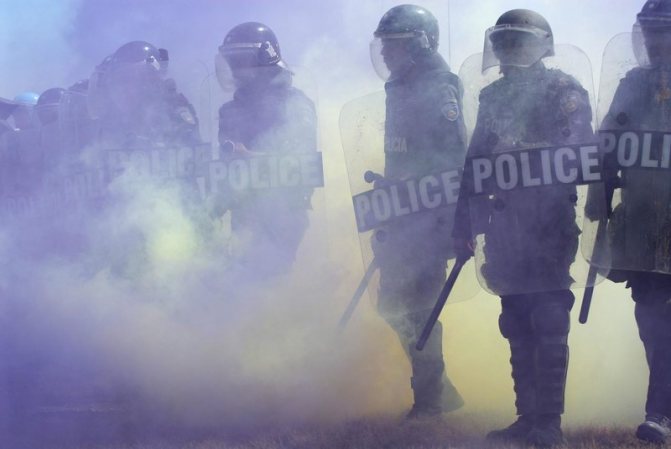

Already after the Second World War, in different countries of the world, including the USSR, many types of equipment and ammunition were developed to create camouflage curtains. It should be said straight away that a smoke screen is not necessarily smoke. Smoke, that is, combustion products, is spread by camouflage based on pyrotechnics. Other devices generate liquid aerosols, that is, fine suspensions made up of microscopic droplets. The honor of inventing liquid aerosol curtains belongs to the American veteran of the First World War, Alonzo Patterson, who was, among other things, known for smuggling alcohol during the Prohibition era in the United States. It was he who invented to vaporize oil by heating it with hot gases. When mixed with cold air, the oil condensed into tiny droplets, creating a thick white mist.
Potential harm and safety measures
Although the manufacturer informs about the safety of the product for humans, you should not stay in the treated room for a long time.The composition of the sulfuric checker contains sulfur dioxide, which can harm the body, even if a person is in PPE (personal protective equipment).
For animals that can be indoors, the smoke from the checker is dangerous and even fatal. It's all about the sulfur dioxide contained in the smoke. It causes serious and sometimes incurable damage to almost all internal organs in animals. Therefore, before using the checker, you must make sure that there are no livestock or pets in the treated area.
Also, smoke can have a negative effect on plants and food. Make sure all of these items are removed from the room prior to use. Food should not be left indoors, even if it is canned food.
According to the instructions, the FAS checker has a fourth hazard class (low-hazard compounds). Until it is set on fire, it will not bring harm. But during use, the hazard class rises to the second. Therefore, it is the second class (hazardous compounds) that is indicated on the packaging.
For normal work, according to the rules of use, people who process the premises must wear respirators (or gas masks) and rubber gloves. Handicraft respiratory protection will not protect against saber harm. Only professional equipment can properly protect the human body.
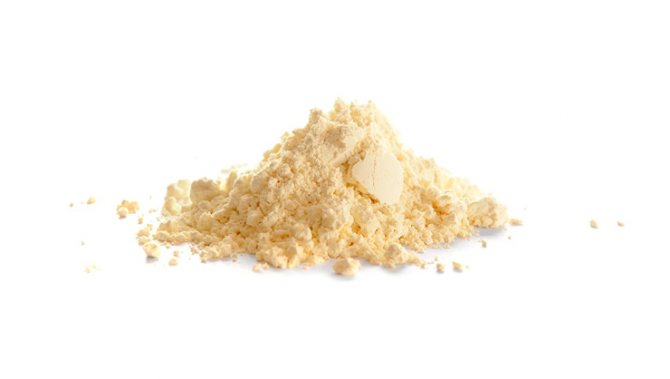

Sulfur releases toxic substances when it ignites; you cannot stay in a room for a long time where a sulfur stick is burning
The cleaning of the premises should be carried out by two people. Together they can glue gaps and remove objects that can be damaged. When the FAS checker is set on fire, it is necessary that both wear respirators and gloves. In this case, one of the people sets fire to the wick, and the second insures at the exit.
After processing the room, you need to thoroughly rinse those areas of the body that were opened when the product was set on fire. You can also rinse your nose and mouth with a salt solution. Used respirator filters should be replaced and disposed of.
Smoke on guard
It is interesting that smokes are used not only in the military, but also in the security sphere. Some firms, such as the British company Smokescreen, offer customers, including boutiques and supermarkets, systems based on aerosol generators. It is not so easy to defend against burglars - they will pick any lock and break any door or lattice. They are not frightened by video cameras either, because, even being noticed, the criminals manage to do their dirty deed even before the police arrive. But everything will be different if, at the moment the alarm is triggered, the hacked room suddenly begins to quickly fill with smoke. The effect will be aggravated by stroboscopic lamp flashes and a loud, psychoactive sound. Obviously, in this situation (verified by experience) the robbers will prefer to quickly retreat empty-handed. After all, they will be seized by horror, and they cannot be seen around them.
The editors would like to thank Colonel Alexander Shamov for his help in preparing this article.
The article "Smoke for Salvation" was published in the magazine "Popular Mechanics" (# 1, January 2011).
First aid for poisoning
There are cases of sulfuric smoke poisoning... The symptoms are as follows:
- dizziness or headache;
- vomiting or nausea;
- shortness of breath or pain in the lungs;
- shortness of breath, cough;
- nose bleed.
If, after processing the room, the person has symptoms from the list, you must immediately perform the following actions:
- provide the victim with access to fresh air, having previously removed it from the treated room;
- drip a few drops of any nasal agent into the nose;
- make the victim inhale from a 3% salt solution;
- give an antihistamine.
It is interesting: remedies for mice in the country.
Then you need to call the ambulance team. Even if the victim feels better in the air, the consequences of poisoning for the body can only be assessed by a doctor.
Smoke bomb - what is it?
The smoke bomb is a new generation insecticidal development that deals with bedbugs much more effectively than traditional sprays and aerosols. This method of killing parasites came to Russia from Japan and China.
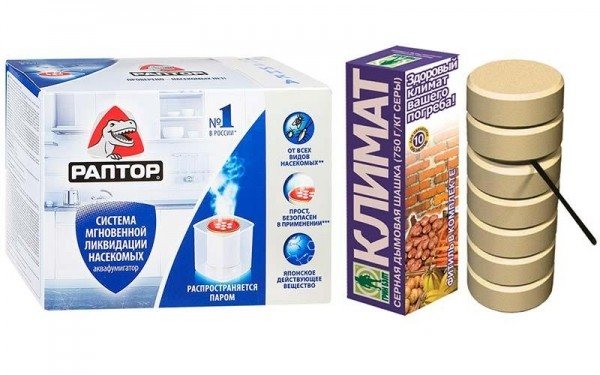

The smoke bomb was created in Japan
Checkers destroy bedbugs by comprehensively acting on them with the following insecticides:
- permethrin (has a paralyzing effect);
- hexachlorane (chlorine-based poison);
- didecyldimethylammonium bromide (effectively destroys insects, fungi, bacteria and infections);
- molecular sulfur (promotes the formation of clouds of smoke in large volumes).
IMPORTANT: fourth generation permethrin is called cypermethrin. The bugs have not yet had time to adapt to this acaricidal preparation.
Preliminary practical recommendations
- Bomb type. There are several types of smoke bombs available for use. And among them there are some that can be used without worrying about leftovers. However, before using any smoke bomb, make sure you pay close attention to the instructions and follow them strictly. Before using any bomb against cockroaches, make sure you cover and isolate anything you might swallow. In the end, you are using a real poison, and it is better to think about your safety in advance than to regret later.
- Airing. After you have waited the required amount of time before returning to the house after the roach extermination procedure, the first thing you need to do is ventilate the area. Open all windows and doors to the hallway and balcony to provide additional airflow. It will immediately become a little easier for you to breathe. Allow things to air out for about one hour while you do your spring cleaning.
- Wipe down all surfaces. Using a dish scrubber and warm soapy water, wash all surfaces in your home. EVERYTHING - this means EVERYTHING !!! Take this recommendation literally, and walk with a sponge or special rag everywhere: from the TV to the bookshelves, from the kitchen table to the windowsills. Everything must be washed, wiped, cleaned out. This prevents accidental ingestion of food or prolonged contact with poison.
- Wash and wash everything that was in the apartment. Anything that can be washed should be washed. The living room, kitchen, nursery and bedroom must be cleaned from floor to ceiling. Wash all your plates, glasses, pots, and anything else that you put food in that may have been exposed to insecticides. Also wash sheets, bedspreads and curtains, they also have absorbed harmful toxins.
- Vacuum carpets and furniture. Do this as many times as necessary to remove all traces of the insecticide. On average, this will be three or four times. When cleaning the floor, make sure you use the correct cleaner, but regular warm soapy water will help for the most part.
- Step 1. Remove food, cooking items, hygiene products, animals and other people from the room to be bombarded with smoke. If you light bombs all over your living space, make sure your family and your pets stay elsewhere for the next 24 hours. Close all windows and doors in smoke-free rooms. Turn off any air conditioning systems.
- Step 2. Put on a paper mask or respirator so that your nose and mouth are covered. Place one or two smoke bombs in each room. Point the fuse of the bomb away from you, light it and quickly leave the room.
- Step 3.If you smoke more than one room or the entire area, work from the back of the house to the front door. Close the front door behind you. Stay away for the required amount of time or day if the entire house is exposed to smoke.
- Step 4. When you return to your home, immediately open all windows and doors. It is necessary to vacuum and wash the floors, then wipe the walls, baseboards, curbs, cornices with a damp cloth. Turn on the air conditioning system, if you have one, and only then can pets be allowed in.
We suggest that you familiarize yourself with Coccobacillary flora in men, the norm
What is it used for
These are not the only cases, but before the First World War, smoke was not a full-fledged weapon. The puffs of smoke dissipated after the invention of smokeless powder, and already in 1890 large countries abandoned the use of obsolete gunpowder.
Smoke returned to the position with the advent of chemical weapons. For example, releasing chlorine on the enemy, the Germans discovered that a fog was formed around the cylinders, by which it was possible to identify their location. For camouflage, they used safe smoke, which did not even interfere with the offensive. At the same time, they began to use the curtains for retreating and escorting tank attacks.
Different armies used different mixtures and compositions of fumes. Using the example of 1914-18:
- the British and French used phosphorus;
- Germans, a solution of sulfuric anhydride in sulfuric or chlorosulfonic acid, or the anhydride itself;
- the Russians fought with Ershov's sabers and similar means that gave solid particles. The smoke was white;
- Americans put curtains of a mixture of zinc dust and carbon tetrachloride.
Initially, black products were used, but they did not provide reliable camouflage. The first white smoke was released by the Germans.
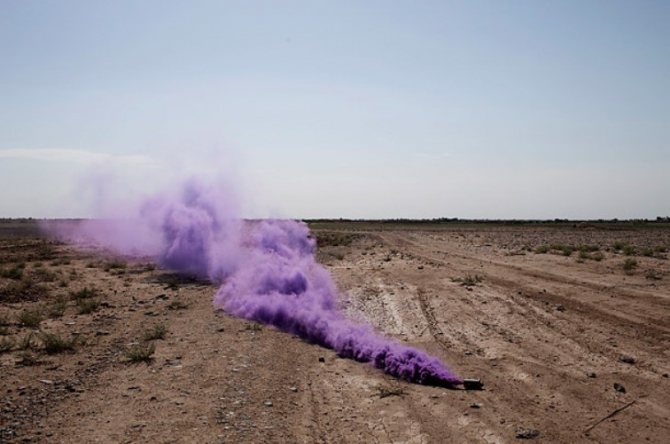

Checker with colored smoke
In addition to masking tasks, the smoke served as signaling functions. It has long been used to announce the threat. They also managed to use it as an analogue of the Morse code, releasing puffs of smoke at a certain interval.
In modern conditions, manual options are common, for example, the RDG-2, RDG-2x and RDG-2ch are in service with the Russian army. They allow you to perform the following tasks:
- the creation of a short-term curtain for the offensive / retreat, is used in a small area;
- allows you to disorient or blind enemy units;
- simulate activity, fire, including damage to equipment at a certain point;
- mining / demining;
- when evacuating from the battlefield;
- allows you to designate your location for aviation during search operations;
- send a certain signal, a coded message, for which colored smoke or a start of a certain duration can be used.
During World War II, the military use of chemical smoke weapons was abandoned, since it became possible to provide protection for the army, but the fear of large-scale use remained. Poisons migrated from the trenches to concentration camps.
Now chemical weapons are prohibited by the UN, because the use is limited to the listed functions of the RDG. However, this does not completely exclude the possibility of being killed by such weapons.
How to use a cellar checker
The processing of the cellar is carried out approximately 2 weeks before the laying of a new crop for storage. The cellar is preliminarily freed from the remaining stocks, leaving empty shelves, boxes, storage baskets. If a metal frame for shelves is built in the cellar, all metal parts must be greased with grease to protect against corrosion.
For the smoke to be effective, all cracks must be plugged to eliminate the possibility of fresh air flow. The cylinder is placed on a flat non-combustible surface, bricks, sheets of metal are often used, if the floor is earthen and there are no flammable objects near the checker, you can stably place it on the floor.It is convenient to place a sulfuric checker in an old metal basin, then there will be no trouble even if the checker accidentally falls. Sometimes the manufacturer completes the product with special stands.
Do not place it on wood or plastic surfaces.
Before starting work, be sure to wear a headdress to protect hair, goggles and gloves, and a respirator. The checker is steadily installed, the wick is set on fire and, after making sure that it has begun to smolder, they leave the room, carefully closing the cellar lid and doors.
If the area of the basement or cellar is large and there are several checkers, the first to set fire to those that are farthest from the entrance, moving to the exit, set fire to all the others, close the room, change clothes and wash their face and hands.
After 24-36 hours, you can ventilate the room. This takes up to 2-3 days, there should not be even the slightest smell of sulfur.


Instructions for the use of sulfur checkers
Each checker is sold in a package and contains detailed instructions for use. It is necessary to use the product precisely following the advice of experts. Remember that it is unacceptable to use the product at the same time as other disinfectants.
A gas mask or respirator is used to protect the respiratory system. A regular face shield is not enough.
After installation, change your clothes and wash your face and hands thoroughly.
The installation must be done by two people. In this case, one person installs the cylinders, and the second can come to the rescue in case of an unforeseen situation.
Symptoms of poisoning with a sulfur checker:
- pain in the eyes and lacrimation;
- dizziness, headache;
- irritation of the mucous membranes and nosebleeds;
- the occurrence of severe cough, wheezing and chest pain;
- nausea, vomiting, in severe cases, loss of consciousness.
It is necessary to remove the victim to fresh air. Inhalation with 3% saline will neutralize unpleasant effects. If there is no improvement, you must contact a medical facility.
Pros and cons of using
The main benefits of this product include:
- Bountiful harvest guaranteed when used in greenhouses.
- Low cost combined with high performance.
- Ease of use - each box contains detailed instructions explaining all the details of the installation and the necessary precautions.
- Safety (the wick provides a 1-2 minute delay before burning, allowing everyone to leave the room).
- Can be used in the home before finishing work to prevent mold.
- High quality of the product from most manufacturers.

